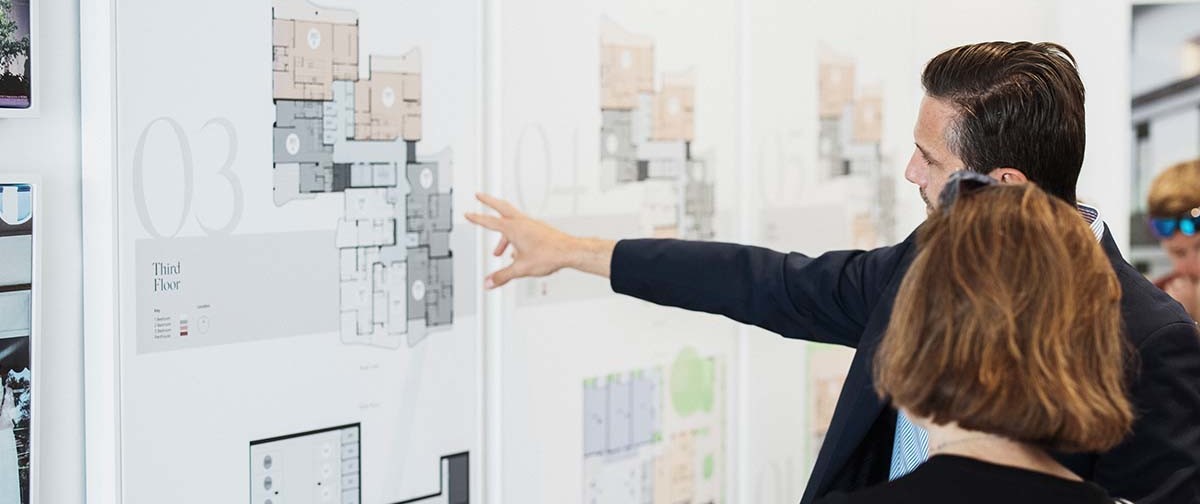You invest in a new home what, every 5 years? Every 10? Maybe you don’t plan on moving until the kids are grown, and they’re tiny now.
You need to carefully consider the property from the investment point of view. I see your eyes glazing over because things like “investment” and “future worth” are boring when you’re all about how much space you need, and how much you like the kitchen. But you’ll wish you listened when it comes time to sell and move on.
Generally, people consider the interior décor, curb appeal, and their budget, based on what they need right now. They rarely give much thought to the future, and what challenges time holds for them. This can cause some real speed bumps in the road to selling and moving on.
1. Location
You knew I would say this, didn’t you?
In the current seller’s market, the lack of supply and increase in demand can induce a buyer to “settle” for a location they might otherwise reject. Frontage on a busy road, or a home that backs up to a shopping center, might, in the mind of a frustrated and desperate buyer, be something they can live with.
When supply and demand tilt in the opposite direction to create a buyer’s market, that home’s resale value and marketing time may suffer. In Fairfield, for example, where the median home price for a 3-bedroom home is currently more than $500,000, a home on a busy street will sell for about $50,000 less than if it were on a cul-de-sac. It will also tend to sit on the market longer.
2. Smart Homes
The rising popularity of automated homes is something you need to watch. Automation is creeping into nearly every aspect of our lives. If you’re old enough, seen us transition from rotary phones and running around all day unconnected, to hyperconnectivity and carrying a tiny computer around with us at all times. We use automation for our thermostats, our alarm systems, lights, music, just about everything you can imagine. If your home has smart features, it will go along way towards helping you sell. Things like Nest thermostats, video doorbells, and phone app-controlled security are extremely appealing to today’s buyers.
3. Energy Efficiency
Due to alarming problems like global warming, recent catastrophic electrical grid failures, and fluctuating fossil fuel prices, sustainable living is gaining traction. The real estate market is starting to catch on to eco-consciousness, and, at least in the higher-end, we are seeing more energy-efficient, or “green” homes. If the property has a high EPC rating, then it will be more attractive to buyers, as they, too, can expect good resale value.
Solar panels, geothermal heating and cooling, energy-efficient windows, and super sealing your home are all gaining in popularity.
4. Construction Quality
You’ve seen the house, you love it, and have made an offer which has been accepted. Next comes the home inspection. Your Realtor® can recommend a good inspection firm. During the inspection it is a good idea to ask your inspector what they think of the quality of construction overall. Surprisingly, homes which predate 1950 tend to have been built a bit more solidly than more recent homes. They were truly built for the generations to come. Stone foundations, thick walls, and beautiful woodwork make for a timeless and durable charm. They also usually feature hardwood floors, whereas a lot of houses built from the late 70’s through the 90’s have a lot of carpeting over plyboard.
5. Updating and Renovations
- New Construction
New construction is like a new car. It depreciates as soon as you “drive it off the lot.” Yes, it’s shiny and perfect, and has marble countertops and cool faucet handles. But in 10 years when you list it for sale, it’s “used goods,” and has to compete with the new construction down the street.
- Renovating
Tread carefully with renovations. You may want the latest in kitchen and bath finishes and décor. You can spend a lot of money on them, but you may not get your money back. In five years, when you sell the house, those finishes are now outdated. Your brand new $40,000 kitchen, while newer, is not as up to date as those being added today. It will not add $40,000 to the value of the home.
Conversely, if you haven’t updated since Eisenhower was president, you’re going to have a hard time unloading the property to anyone but a builder, and they like to make low offers.
- Pools
Adding a pool doesn’t necessarily translate into profit. You might spend $75,000 on a beautiful in-ground pool with a patio. Your buyer may be unimpressed, or even opt to backfill it in order to enjoy more lawn.
Location, energy efficiency, technology, quality of construction and renovations are some things to keep in mind when you are buying or thinking of selling your home. It’s not just a roof over your head and a place to make memories; it is the most important investment most of us make.
Also Read:





